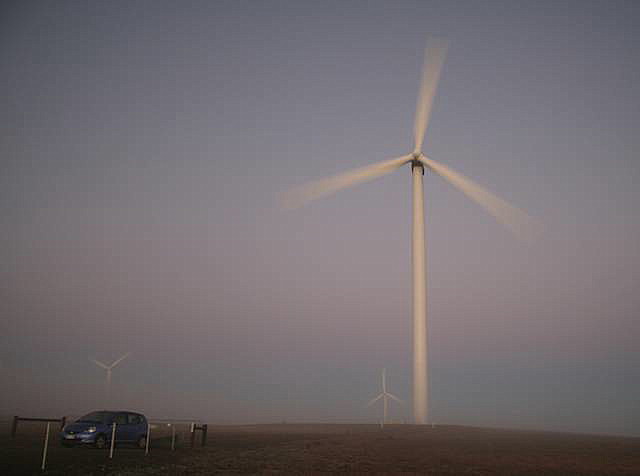| ||
|
But a few people are against the project. They think that the trees will obstruct their views and that the wind in the trees will make noise that will keep them awake at night. Some of these people go so far as to claim that infrasound from the wind blowing through the trees will make them ill; there has even been a claim that the sleep deprivation to be imposed upon them amounts to torture. Others go so far as to say that the trees will 'destroy their lives'.
You might well think that this is ridiculous, but this is what some people are claiming about wind turbines with as little justification. The level of sound from the wind in nearby trees is usually greater than the sound from turbines at a distance of a kilometre or so.
There is no credible evidence that anything coming from wind turbines makes people sick. A nearby wind farm will do no more harm to local people than change their views and produce a little low level sound that will only be noticeable occasionally. The sound from cars on the street will be much louder than from either trees or turbines.
And, of course, the wind farm will generate electricity that replaces that which would otherwise quite probably be generated by the burning of fossil fuels, lowering greenhouse gas production.
A typical street tree might take one or a few tonnes of carbon dioxide out
of the atmosphere during its life time, and that will be returned to the
atmosphere when the tree either is burnt or rots away.
By comparison, each wind turbine will, on average,
abate about one
tonne of carbon dioxide each hour of its 20 or 25 year life.
What do trees and wind turbines have in common? In summary
- Both result in less carbon dioxide getting into the atmosphere;
- Wind makes sound in both trees and turbines;
- If you live close enough to hear wind turbines and you have nearby trees, chances are you will hear more from the trees than from the turbines;
- Both take energy from the wind;
- Both provide shade for livestock;
- Both wind turbines and trees are conspicuous;
- If you live within a kilometre or two of a wind turbine (very few people in Australia live any closer) they will have a considerable angular height in your view, but if you have any trees nearby they will likely have a greater angular height.

